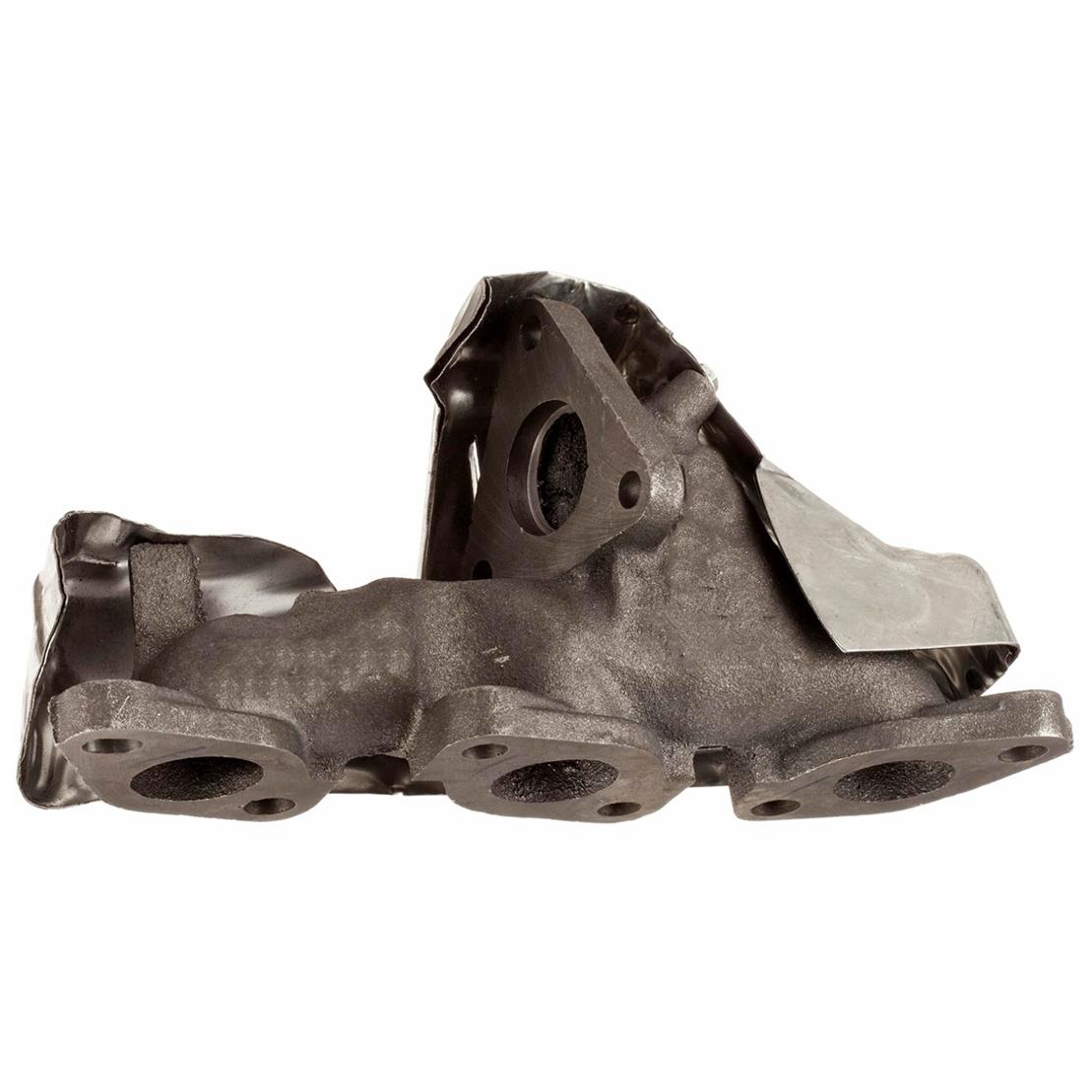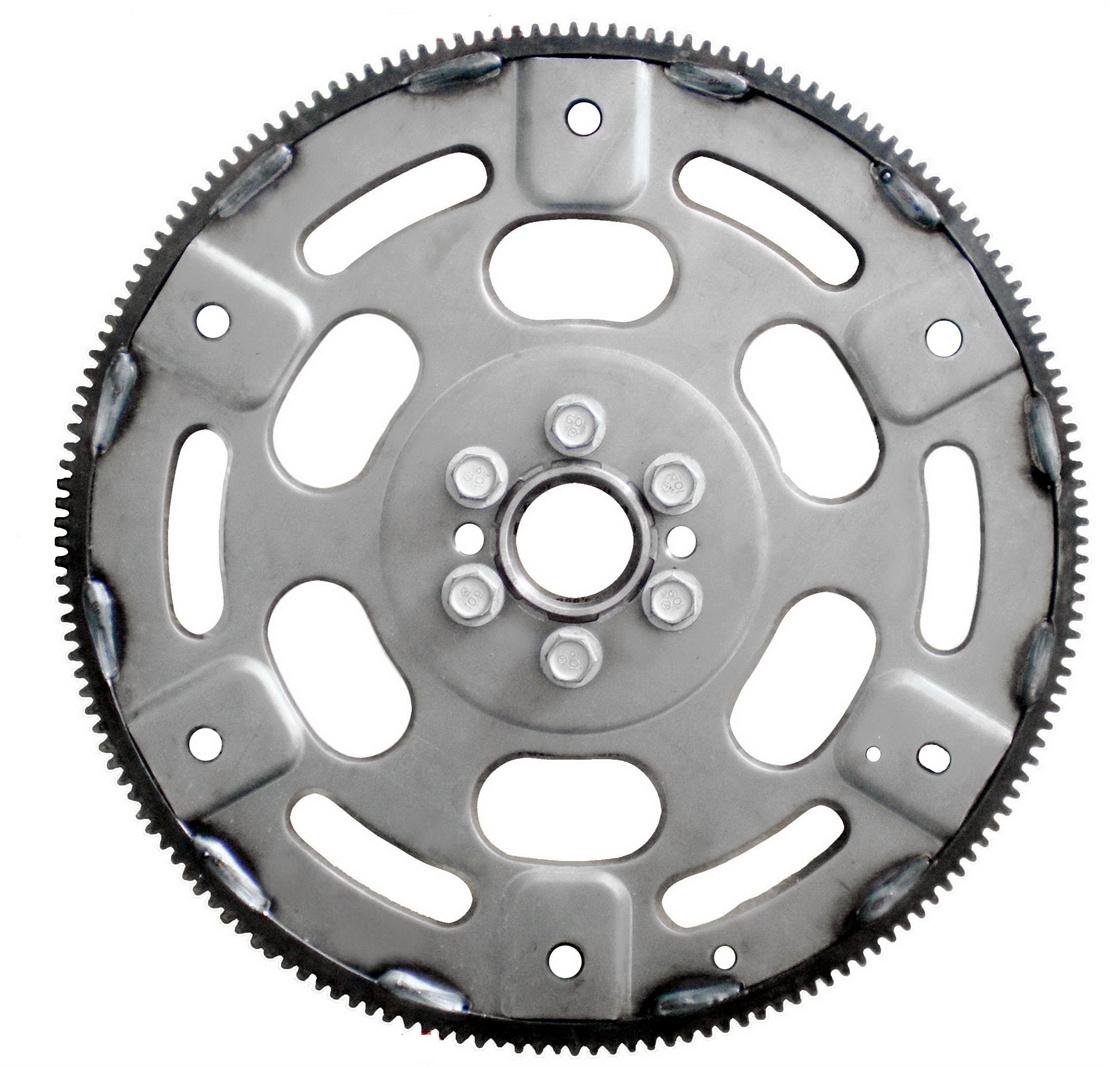
Is your car leaving oil spots on the driveway? Or maybe you’ve noticed strange noises coming from under the hood? These could be signs of a damaged Nissan Engine Timing Cover NISSAN 1.6L. A cracked or misaligned car timing cover can lead to oil leaks, engine misfires, or even overheating. Dirt and debris might also sneak into the engine, causing rough performance. Ignoring these issues could result in costly repairs or catastrophic engine damage. Addressing the problem early keeps your engine running smoothly and avoids bigger headaches down the road. If you’re considering a replacement, look into the Ls Front Timing Cover or the Pioneer Timing Cover for reliable options that ensure your engine remains protected.
Signs of a Damaged Nissan Engine Timing Cover NISSAN 1.6L

Oil Leaks Around the Timing Cover
One of the most common signs of a damaged Nissan Engine Timing Cover NISSAN 1.6L is oil leaking around the cover. If you notice oil spots under your car or see oil dripping near the timing cover, it’s a red flag. The timing cover seals the engine’s timing components, and any cracks or misalignment can cause oil to escape. Over time, this can lead to low oil levels, which may harm the engine. Regularly checking for leaks can help catch this issue early.
Unusual Engine Noises (Rattling or Ticking)
Strange noises coming from the engine, like rattling or ticking, could point to a problem with the timing cover. These sounds often indicate issues with the timing chain or tensioners, which the cover protects. For example, in 1997, loud timing chain noise led to bent valves and engine replacement for some Nissan models. Similarly, in 1998, clicking noises were linked to failing tensioners and low power. Addressing these noises quickly can prevent costly repairs.
| Year | Issue Description | Recommended Action |
|---|---|---|
| 1997 | Loud timing chain noise and engine knock, leading to bent valves and engine replacement needed. | Immediate inspection and potential replacement of timing chain. |
| 1998 | Clicking noise attributed to timing chain tensioners, with low power issues. | Replacement of timing chain and tensioners recommended. |
| 1994 | Failed timing chain guide requiring cylinder removal for repair. | High repair cost, consider vehicle value. |
| 1999 | Urgent need to change upper tensioner to prevent chain slipping and engine damage. | Change tensioner immediately to avoid further damage. |
Visible Cracks or Damage on the Cover
A quick visual inspection can reveal cracks or other damage on the timing cover. Dirt, debris, and road grime can wear down the cover over time. If you spot any visible damage, it’s best to address it right away. A damaged cover can allow contaminants to enter the engine, leading to performance issues.
Check Engine Light or Performance Issues
A damaged timing cover can trigger the check engine light. This happens when the engine’s sensors detect problems like oil leaks or timing issues. You might also notice reduced performance, such as rough idling or difficulty accelerating. If the check engine light comes on, it’s a good idea to inspect the timing cover and related components.
Risks of Driving with a Faulty Timing Cover
Oil Contamination in the Timing System
A damaged timing cover can allow oil to leak or become contaminated. This contamination affects the performance of the engine’s timing system. For example:
- Low oil levels may trigger the P0011 code, which signals issues with camshaft timing.
- Contaminated oil can cause the Variable Valve Timing (VVT) oil flow control valve to stick, disrupting timing accuracy.
- The actuator, which relies on proper oil pressure, may fail to function correctly due to contamination.
These issues can lead to poor engine performance and costly repairs if left unchecked.
Timing Chain or Belt Failure
A faulty timing cover can expose the timing chain or belt to dirt and debris, increasing the risk of failure. In Nissan 1.6L engines, timing chain noise is often a warning sign. If ignored, it can result in severe damage, such as bent valves. One user reported that a failed upper tensioner caused the timing chain to slip, ruining the engine entirely. Addressing timing chain issues early can save the engine from catastrophic damage.
Escalating Repair Costs Over Time
Ignoring a damaged timing cover can lead to escalating repair costs. Oil leaks and timing chain failures often require extensive repairs, including replacing engine components. Over time, these costs can far exceed the price of fixing or replacing the timing cover. Regular inspections and timely repairs can prevent these expenses and keep the engine running smoothly.
How to Inspect Your Nissan Engine Timing Cover NISSAN 1.6L

Locating the Timing Cover in Your Engine
The first step in inspecting the timing cover is knowing where to find it. In a Nissan 1.6L engine, the timing cover is located at the front of the engine, near the timing chain or belt. It’s typically a metal or plastic casing that protects these components. To access it, open the hood and look for a cover positioned between the engine block and the accessory drive belts. If you’re unsure, refer to your vehicle’s manual for a detailed diagram.
Identifying Leaks, Cracks, or Misalignment
Once you’ve located the timing cover, check for any visible signs of damage. Look for oil leaks around the edges, especially near the gasket seal. Consistently low oil levels could also indicate a leak. Examine the cover for cracks or misalignment, as these can allow dirt and debris to enter the engine. If the engine runs rough or misfires, dirt may have already affected the timing mechanism. A quick visual inspection can reveal these issues early.
Checking for Loose Bolts or Other Issues
Loose bolts can cause the timing cover to shift, leading to leaks or misalignment. Use a wrench to gently check if the bolts are secure. While inspecting, look for any unusual wear or damage to the surrounding components. If you notice oil puddles under the engine or the Check Engine Light is on, it’s a sign that the timing cover might need immediate attention.
When to Consult a Professional Mechanic
Some issues require professional expertise. If you spot significant oil leaks, cracks, or misalignment, it’s best to consult a mechanic. Consistently low oil levels, engine misfires, or a persistent Check Engine Light are also indicators that professional inspection is necessary. A mechanic can perform a thorough diagnosis and recommend the best course of action to protect your engine.
Repair and Replacement Options for a Damaged Timing Cover
DIY Repair Considerations
For those who enjoy tackling car repairs, fixing a timing cover might seem like a manageable task. Before starting, it’s important to gather the right tools, such as a socket wrench, gasket sealant, and a replacement timing cover. A Nissan Engine Timing Cover NISSAN 1.6L is designed to fit perfectly, making it easier for DIY enthusiasts to install. However, this repair requires careful attention. Removing the old cover involves draining the engine oil and detaching several components, including belts and pulleys.
If you’re confident in your skills, follow a step-by-step guide or watch a tutorial specific to your Nissan model. Keep in mind that even small mistakes, like improper gasket placement, can lead to leaks. For beginners, it’s best to weigh the risks before diving in.
Professional Repair or Replacement Services
Sometimes, leaving the job to a professional mechanic is the safest option. Mechanics have the expertise and tools to handle timing cover repairs efficiently. They can also inspect related components, like the timing chain or gasket, for additional issues. A professional service ensures the timing cover is installed correctly, reducing the risk of future problems.
Many auto repair shops specialize in Nissan vehicles, so finding a trusted mechanic is easy. While this option costs more than a DIY approach, it saves time and provides peace of mind.
Estimated Costs for Timing Cover Repairs
The cost of repairing or replacing a timing cover depends on the extent of the damage and whether you choose a DIY or professional route. For a Nissan Engine Timing Cover NISSAN 1.6L, the part itself typically costs between $50 and $150. DIY repairs might only require the cost of the part and some tools.
Professional services, on the other hand, can range from $300 to $800, depending on labor rates and additional repairs. While this may seem expensive, addressing the issue early can prevent even costlier engine damage down the road.
Spotting the signs of a damaged Nissan Engine Timing Cover NISSAN 1.6L early can save your engine from serious harm. Oil leaks, unusual noises, or visible cracks shouldn’t be ignored. Failing to act could lead to costly repairs or even engine failure. Regular inspections and prompt repairs keep your car running smoothly. If you notice any issues, don’t wait—consult a trusted mechanic today.
- Failing timing covers can cause oil leaks, risking engine damage.
- Excessive timing chain noise may signal potential failure.
- Monitoring for cracks or worsening leaks ensures timely repairs.
FAQ
What does the timing cover do in a Nissan 1.6L engine?
The timing cover protects the timing chain or belt from dirt, debris, and oil leaks. It ensures the engine’s timing system operates smoothly and efficiently.
How often should the timing cover be inspected?
Inspect the timing cover during routine maintenance or oil changes. Look for leaks, cracks, or misalignment to catch potential issues early.
Can I drive with a damaged timing cover?
Driving with a damaged timing cover risks oil leaks, timing chain failure, and engine damage. It’s best to address the issue immediately to avoid costly repairs.
Tip: Regular inspections can save you from unexpected breakdowns and expensive fixes. Always prioritize your engine’s health!
Post time: Mar-31-2025



